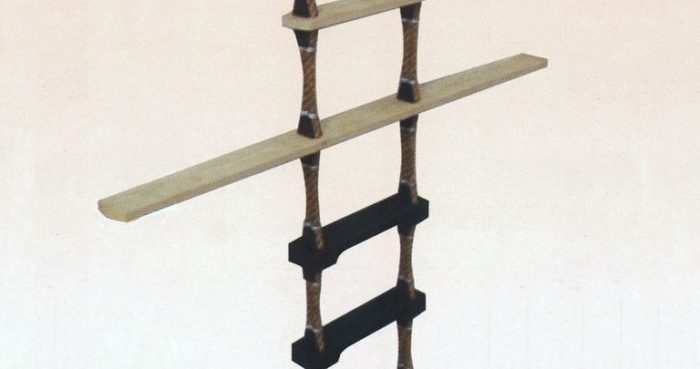AMSA has issued new Marine Notice which aims to bring to the attention of shipowners, operators, masters, crews, recognised organisations, pilots and pilotage providers, that pilot transfer arrangements which include pilot ladders are to be in accordance with Marine Order 21 of 2012 (Safety of navigation and emergency procedures, MO21), which implements Australia’s obligations under the International Convention for the Safety of Life at Sea (SOLAS) Chapter V Regulation 23.
Pilot transfer arrangement standards
Whenever a pilot or other person embarks or disembarks from a ship by ladder, they entrust their safety to the pilot transfer arrangements provided by the ship. Owners and masters are required by MO21 to ensure that pilot transfer arrangements are in place and carried out in accordance with SOLAS V/23.
The requirements in SOLAS V/23, deal with the standards for equipment installed and arrangements for pilot transfers on ships on or after 1 July 2012.The standards adopted by the IMO can be found in IMO Resolution A.1045(27) “Pilot transfer arrangements”. SOLAS V/23.2.3 additionally states that a pilot ladder shall be certified by the manufacturer as complying with V/23 or “with an international standard acceptable to the Organization” and refers to ISO 799:2004 “Ships and marine technology – pilot ladders”.
Compliance with this particular provision of SOLAS V/23 can be met when a manufacturer has certified the pilot ladder complies with either of the above standards, which are not identical.
Rigging of pilot ladders
IMO Circular MSC.1/Circ.1428 illustrates the pilot ladder rigging arrangements required by SOLAS V/23.
Strict attention should be paid to the freeboard of the vessel to determine whether a combination ladder needs to be rigged and, if a combination ladder is required, attention should be paid to arrangements for securing such ladders to the vessel’s side.
The responsibility for safe personnel transfer practices rests jointly with each person involved in the activity, including the vessel’s owners, operators, master and crew, pilotage providers, pilots and pilot boat crew, as well as the person being transferred. All these parties should observe both the spirit and intent of the regulations, to ensure safety is not compromised.
Further details are provided in a Maritime Safety Awareness Bulletin at www.amsa.gov.au/forms-and-publications/International/publications/Ship-Safety/index.asp.
Implementation of standards
- When conducting port State control inspections, AMSA inspectors will pay particular attention to the material state of all equipment and the implementation of MO21, Res.A.1045(27), ISO 799:2004 and MSC.1/Circ.1428.
- Pilot ladders may be used by persons other than pilots, and for purposes other than embarkation or disembarkation such as reading draft marks. In cases where such activities are considered necessary, AMSA recommends a full risk assessment and permit system to be in place. If working over the side is unavoidable, and a ladder is required, AMSA supports use of a pilot ladder as opposed to other ladders. This notice also applies to those other uses.
- Compliance with the referenced standards does not of itself assure safety in each case, therefore the master or responsible deck watchkeeper of the vessel providing the pilot ladder should assess whether supplementary measures, such as the provision of lifejackets, harnesses, lifelines and lifebuoys should be put in place to assure the safety of personnel.
Source: AMSA































































